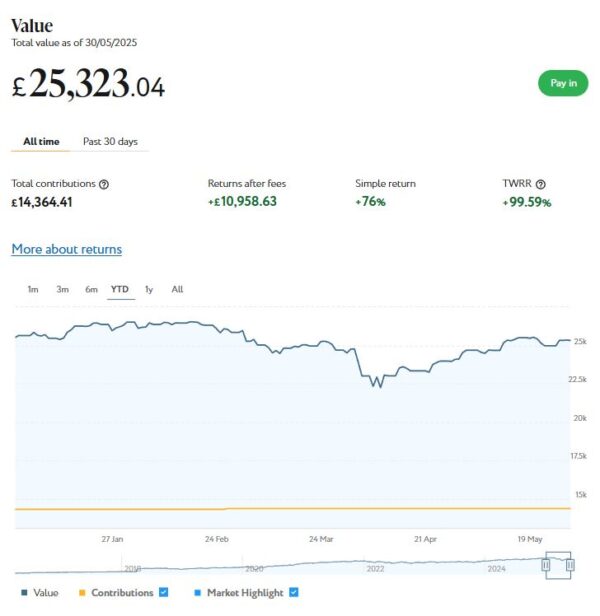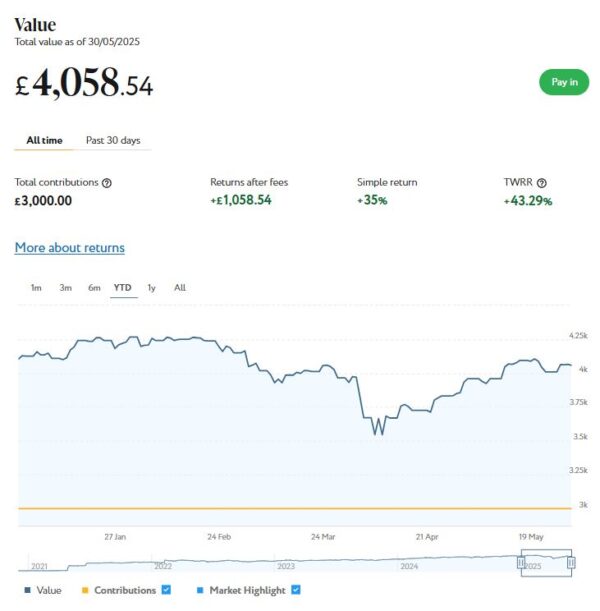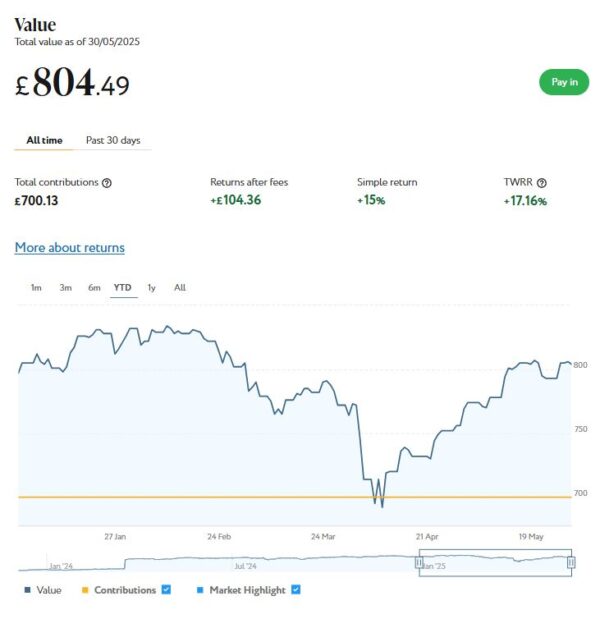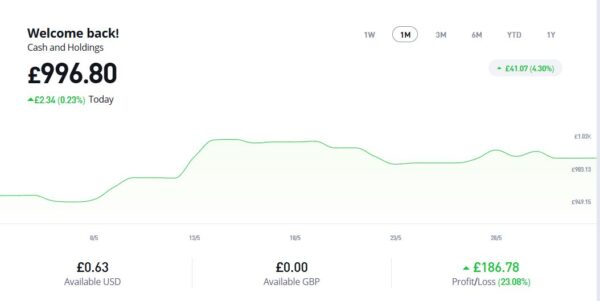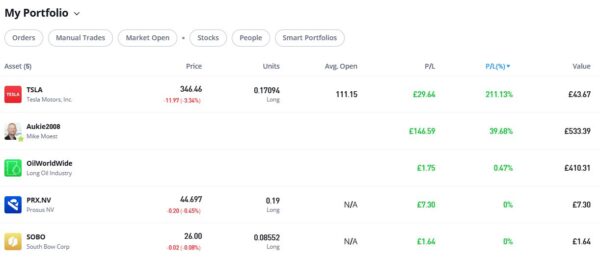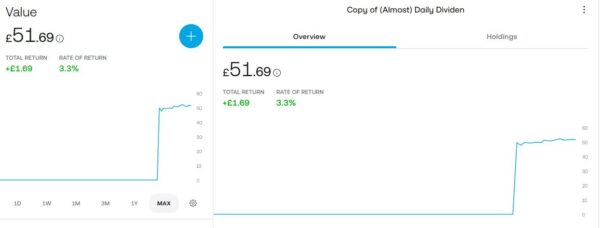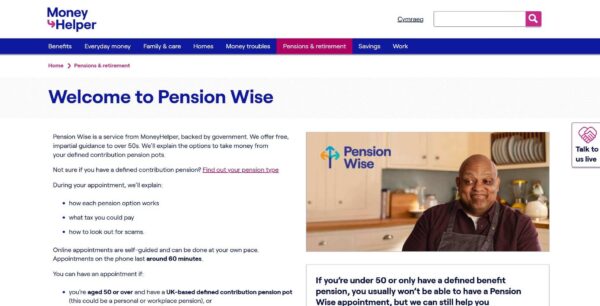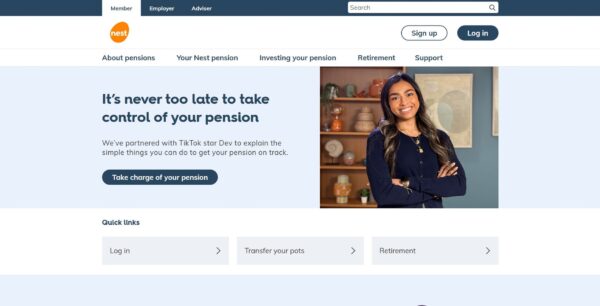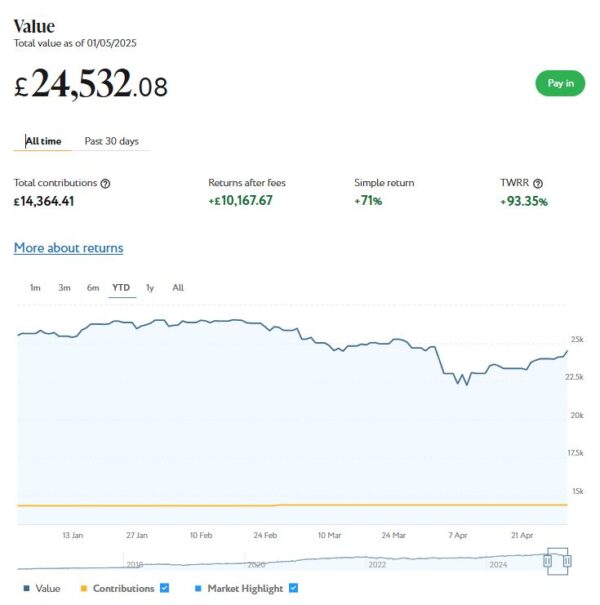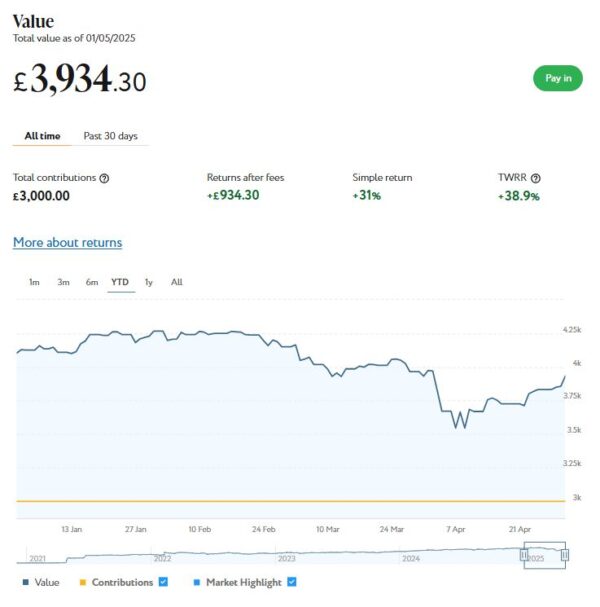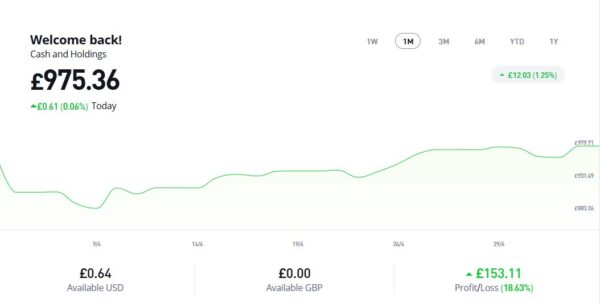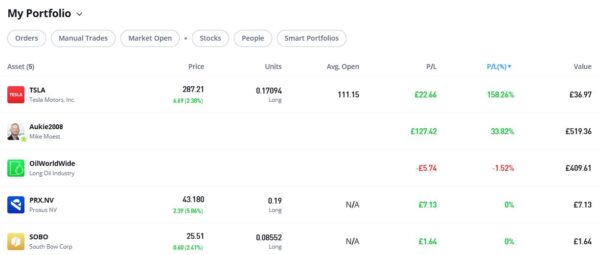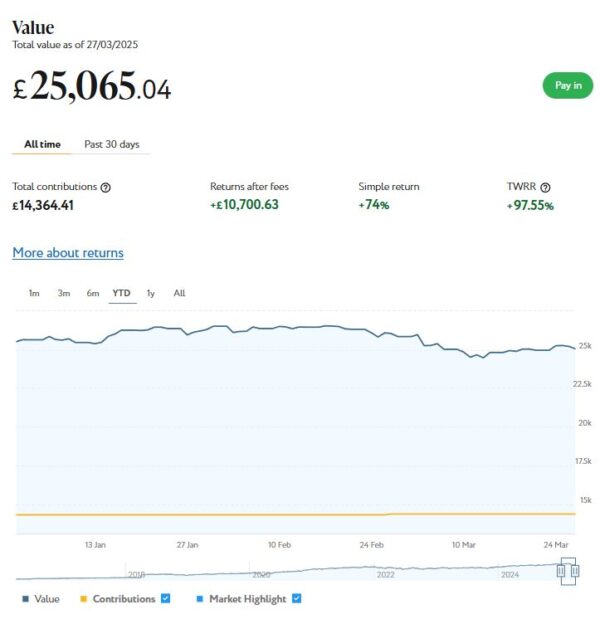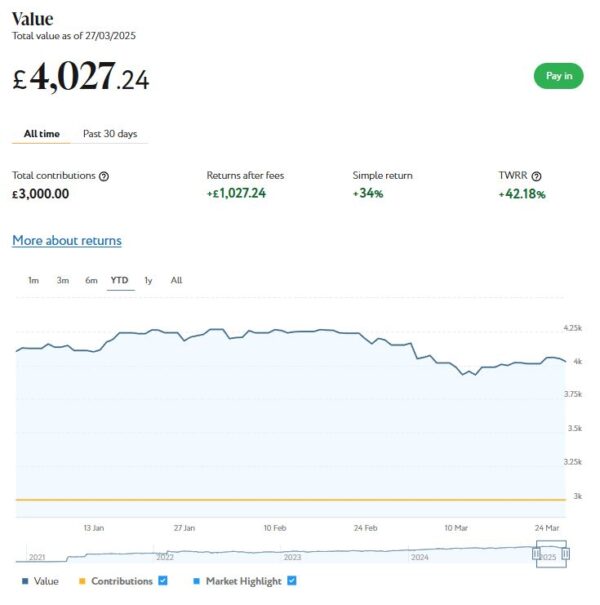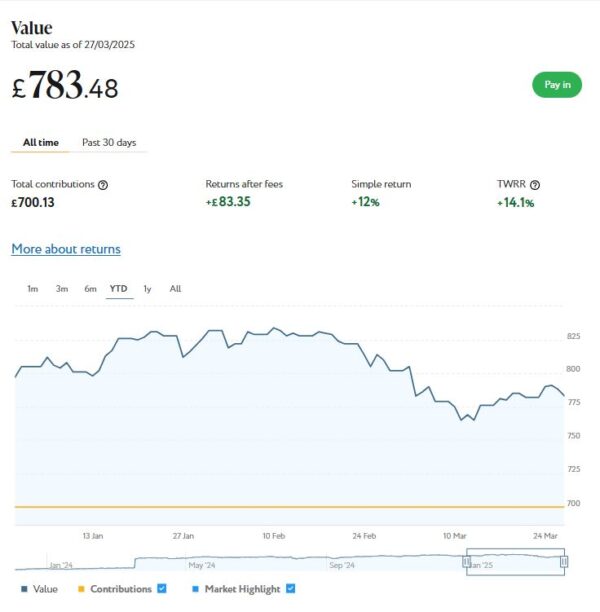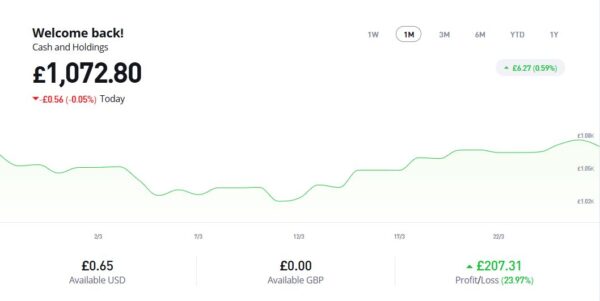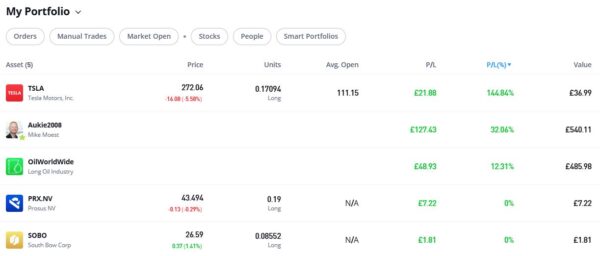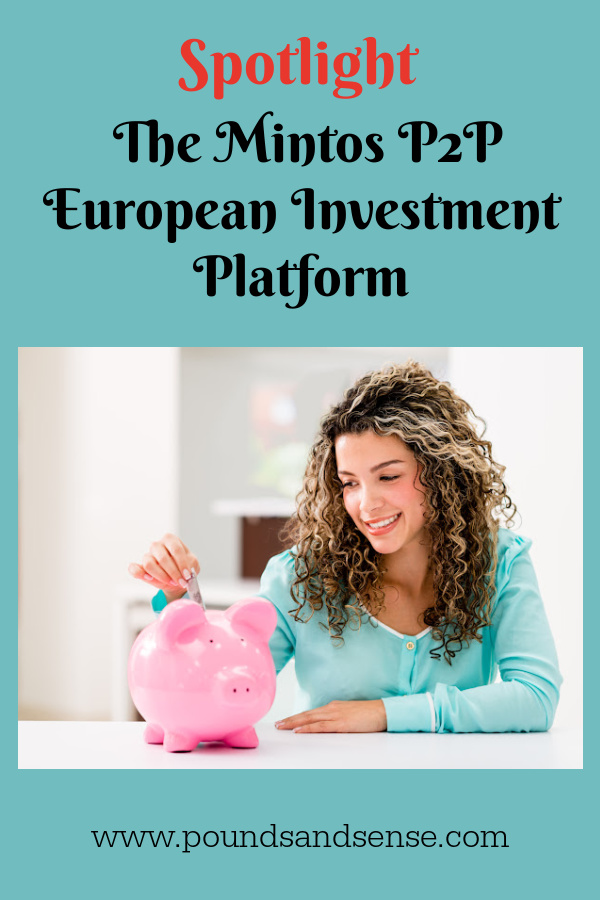What are Bonds and How Can You Invest in Them?
When people think about investing, their minds often jump to stocks and shares. But bonds – a less glamorous but more stable option – can play a key role in a well-rounded investment portfolio, especially for those seeking predictable, regular income and/or lower risk.
In this article, I’ll reveal what bonds are, how to invest in them, and the main pros and cons to consider.
What Are Bonds?
A bond is essentially a loan from you to a government or company. In return, they pay you interest (known as the “coupon”) over a set period (typically annually or semi-annually). When the bond reaches the end of its term (maturity), you get your original investment back.
There are several types of bonds, including:
- Government bonds (gilts) – issued by the UK government
- Corporate bonds – issued by companies
- Inflation-linked bonds – designed to rise with inflation
- Foreign bonds – issued by overseas governments or companies
How to Invest in Bonds
There are a few ways you can invest in bonds:
1. Buy Individual Bonds
You can buy gilts or corporate bonds directly through:
- The London Stock Exchange
- Brokers such as Hargreaves Lansdown or AJ Bell
- The UK Debt Management Office for new gilt issues
Buying individual bonds gives you control, but requires a higher initial investment and comes with more risk if the issuer defaults.
2. Bond Funds
Instead of picking individual bonds, you can invest in a fund that holds a basket of bonds:
- Bond Unit Trusts and OEICs (Open-Ended Investment Companies)
- Bond ETFs (Exchange Traded Funds) – such as iShares UK Gilts or Vanguard Global Bond ETF
These offer instant diversification and lower entry costs, and can be held in tax-efficient wrappers like Stocks & Shares ISAs or Self-Invested Personal Pensions (SIPPs).
3. Investment Platforms
Popular UK platforms for bond investing include:
- Vanguard Investor
- AJ Bell
- Hargreaves Lansdown
- Interactive Investor
- Trading 212 (for bond ETFs)
4. Fractional Bond Platform
WiseAlpha is a UK fractional bond platform that allows retail investors to buy fractional corporate bonds – essentially, small slices of high-yield bonds that are normally only accessible to institutional investors. This opens up access to a wide range of corporate bonds from major companies (e.g. Travelodge, HSBC and Asda) without the need for thousands of pounds to get started. This can be a good middle ground if you want more control over your bond investments than is offered by a fund but don’t have the capital required to buy full bonds.
- See also the comparison table of UK bond platforms at the end of this article. This also reveals which platforms allow you to buy bonds within a tax-efficient ISA
Pros of Investing in Bonds
1. Reliable Income
Most bonds pay regular interest, making them a good source of steady income, especially for retirees.
2. Lower Risk Than Shares
Bonds are generally less volatile than stocks, so they can act as a buffer during market downturns.
3. Capital Preservation
If held to maturity and the issuer doesn’t default, you’ll get your money back.
4. Tax Efficiency
UK government gilts are free from Capital Gains Tax, and interest from bonds can be tax-free if held within an ISA or pension.
Cons of Investing in Bonds
1. Inflation Risk
Fixed bond payments may lose value in real terms if inflation rises sharply.
2. Interest Rate Risk
When interest rates go up, bond prices usually go down. If you need to sell before maturity, you could get back less than you paid.
3. Credit Risk
With corporate bonds, there’s always a risk the company could default on payments.
4. Lower Returns Compared to Stocks
Over the long term, bonds typically offer lower returns than equities.
Who Are Bonds Suitable For?
Bonds can be a great choice if:
- You’re approaching or in retirement and want regular income
- You want to reduce your overall portfolio risk
- You’re saving for the medium term and prefer more stability
Younger investors, or those with a higher risk appetite, may prefer a smaller bond allocation in favour of higher-growth assets like equities.
Bonds vs Dividend Investing: Which is Better?
Both bonds and dividend-paying shares (as discussed in this recent blog post) can provide regular income. But they do so in different ways, and each has its own risks and benefits.
Here’s how they compare:
| Feature | Bonds | Dividend Stocks |
|---|---|---|
| Income Type | Fixed interest (coupon) | Variable dividend payments |
| Predictability | High – payments are usually fixed | Medium – dividends can fluctuate or be cut |
| Capital Risk | Lower if held to maturity | Higher – share prices can be volatile |
| Inflation Protection | Limited (unless using inflation-linked bonds) | Better – companies may increase dividends over time |
| Tax Treatment | Interest taxable outside ISA/SIPP | Subject to dividend tax outside ISA/SIPP* |
| Growth Potential | Very limited | Potential for capital gains and increasing income |
| Ease of Access | Widely accessible via funds or platforms | Also widely accessible via funds or direct shares |
Note: *There is a tax-free personal allowance for dividend income of £500 a year (2025/26)
Which One Should You Choose?
-
Choose bonds if your priority is stability, capital preservation, and predictable income, especially in the short to medium term.
-
Choose dividend stocks if you’re comfortable with a bit more risk and want potential for both income and long-term growth.
Many investors choose to hold both as part of a diversified portfolio, using bonds for stability and equities for growth and rising income.
Final Thoughts
Investing in bonds can bring balance to your portfolio, reduce volatility and provide income. Whether you go for government gilts, corporate bonds, or a diversified bond fund, it’s important to understand the risks and benefits and how bonds fit with your investment goals.
And as always – consider holding your bonds in an ISA or pension for maximum tax efficiency.
Comparison Table: UK Bond Investment Platforms
| Platform | Bond Types Available | Minimum Investment | Suitable For | ISA Available | Notes |
|---|---|---|---|---|---|
| Hargreaves Lansdown | Gilts, Corporate Bonds, Bond Funds, ETFs | £100+ | Beginners to experienced investors | ✅ Yes | Well-established platform with wide fund and bond choice |
| AJ Bell | Gilts, Corporate Bonds, Bond Funds, ETFs | £25+ | Cost-conscious investors | ✅ Yes | Low-cost regular investing options |
| Vanguard Investor | Bond Funds & ETFs only | £100 lump sum or £25/month | Long-term, low-cost investors | ✅ Yes | Only offers Vanguard funds |
| Interactive Investor | Gilts, Corporate Bonds, Bond Funds, ETFs | £1,000+ | Active investors managing larger portfolios | ✅ Yes | Monthly flat fee may suit frequent traders |
| Trading 212 | Bond ETFs only | £1 (fractional shares) | Casual investors, beginners | ✅ Yes | App-based, commission-free investing |
| WiseAlpha | Fractional Corporate Bonds | £100 | Income-seeking investors wanting corporate exposure | ❌ No* | Unique access to high-yield bonds from major companies |
Note: *As of now, WiseAlpha does not offer an ISA wrapper, so income and gains may be taxable depending on your personal circumstances.
Please bear in mind as always that I am not a registered financial adviser and cannot offer personal financial advice. You should always do your own ‘due diligence’ before investing and seek professional advice if in any doubt how best to proceed. All investing carries a risk of loss.





